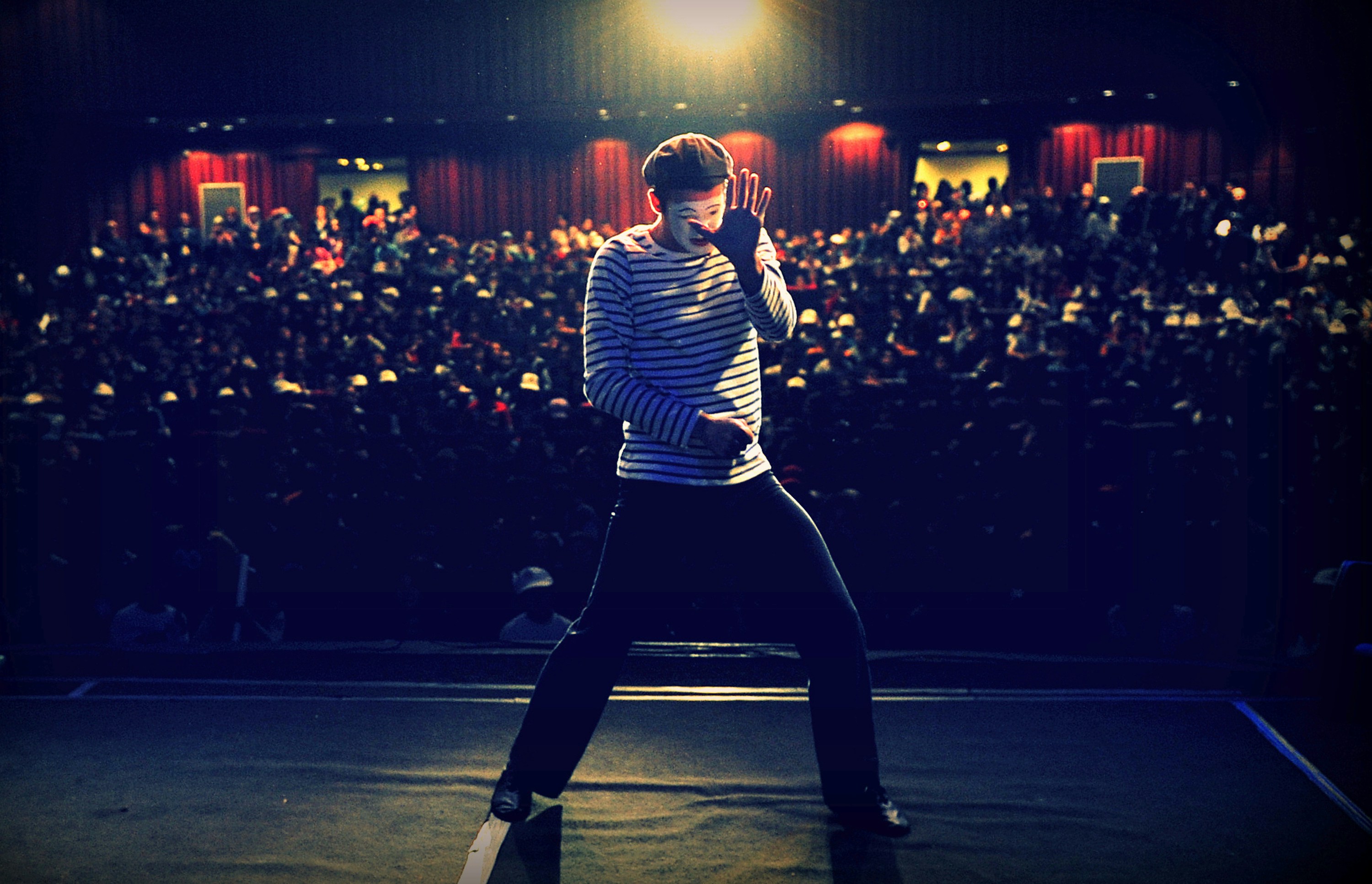"Dystopian Visions: The Resurgence of Dystopian Narratives in Contemporary Cinema"
The re-emergence of dystopian narratives in contemporary cinema is a fascinating trend. In an age marked by uncertainties, these stories offer a unique lens to explore our society and its possible futures. This article delves into the historical context of dystopian narratives, examines their current resurgence, and evaluates their impact on audiences and the film industry alike.

A Glimpse into the Past: Dystopian Narratives in Cinema
Dystopian narratives have long been a staple in cinema. These stories, typically set in a future society characterized by oppressive control, scarcity, or societal collapse, have served as a tool for filmmakers to critique and explore societal issues. Dystopian narratives in cinema can be traced back to the early 20th century, with films such as “Metropolis” (1927) and “Things to Come” (1936) offering stark visions of future societies. However, it was during the Cold War era, with its atmosphere of fear and uncertainty, that dystopian films truly came into prominence.
The Modern Dystopia: A Reflection of Contemporary Fears
Fast forward to the 21st century, and the dystopian narrative is enjoying a significant resurgence. This could be attributed to the increasing anxieties of our time, including climate change, political polarization, technological advancements, and the ongoing pandemic crisis. The dystopian narratives of contemporary cinema reflect these concerns, presenting bleak visions of future societies devastated by these issues. Films like “Children of Men” (2006), “The Road” (2009), and “Mad Max: Fury Road” (2015) encapsulate this trend.
Impact and Reception: The Appeal of Dystopian Cinema
The resurgence of dystopian narratives has had a significant impact on audiences and the film industry. On one hand, these films serve as a form of escapism, allowing audiences to explore different, often bleak realities without leaving the comfort of their seats. On the other hand, they also encourage viewers to confront and question the societal issues reflected in these narratives. The popularity of these films has prompted a surge in dystopian narratives across other media, including literature, television, and video games.
Dystopian Cinema: A Form of Social Commentary
Dystopian narratives in cinema are more than mere entertainment. They serve as a form of social commentary, providing filmmakers with a platform to critique societal issues and imagine potential futures. By projecting contemporary fears onto future societies, these films invite audiences to reflect on the path our society is taking. As such, the resurgence of dystopian narratives in contemporary cinema is a trend that warrants attention and discussion.
Dystopian Narratives: Looking Ahead
As we continue to grapple with global challenges, it is likely that the appeal of dystopian narratives will persist. These narratives offer a unique lens to examine our society and its potential futures, providing us with opportunities for reflection and conversation. As such, the resurgence of dystopian narratives in contemporary cinema is a trend that deserves our attention and discussion.
In conclusion, the resurgence of dystopian narratives in contemporary cinema is a fascinating trend. As a reflection of our times, these narratives offer a unique lens to examine societal issues and imagine potential futures. Their popularity among audiences and their impact on the film industry underscore the importance of this trend. As we look ahead, it is clear that dystopian narratives will continue to shape our cinematic landscape, driving conversations and inspiring new perspectives on our society.




